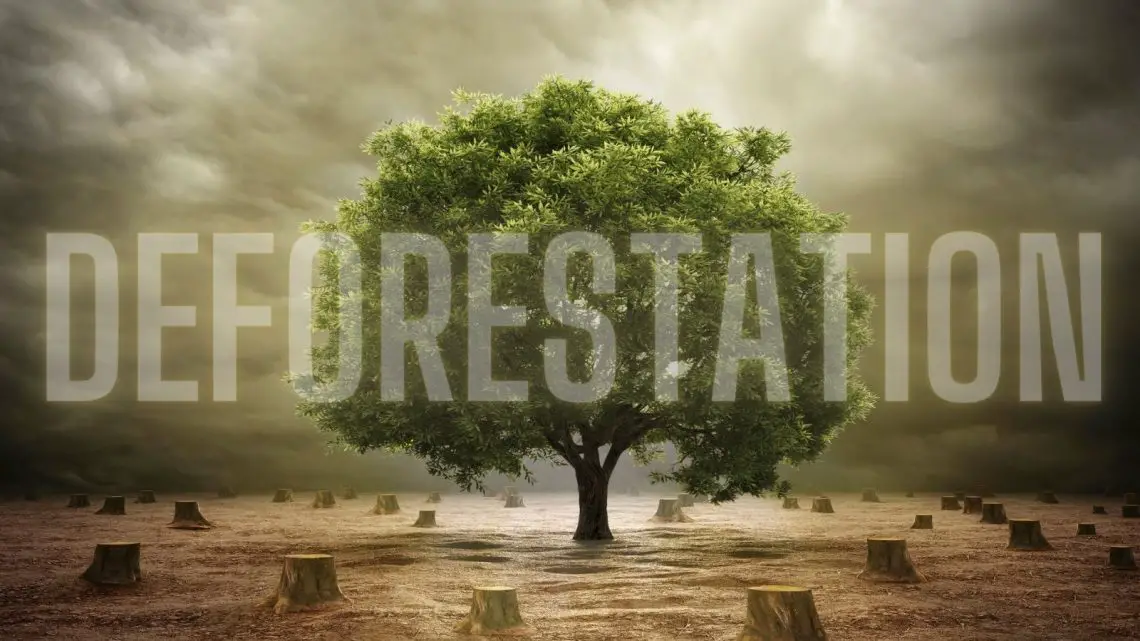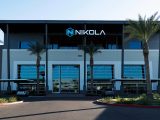
What is REDD+?
February 3, 2023REDD+ is a framework originally designed by the UNFCCC Conference of Parties that guides activities in the forest sector to ensure that companies reduce emissions generated by forest deforestation and degradation.
The ‘plus’ in REDD+ refers to the additional, non-carbon benefits that come with carrying out these project activities.
The framework also promotes sustainable forest management and the conservation of forest stocks in developing countries.
REDD+ credits are transacted in the voluntary carbon market and are separate from the compliance markets. REDD+ carbon projects account for the largest number of carbon credits in the voluntary carbon market.
How are REDD+ and COP19 interlinked?
REDD+ activities are typically carried out within the voluntary market, they can be implemented at a national level, and there are instances of sub-national implementation as well.
The level to which the REDD+ activities are applied depends on national circumstances and the capabilities of the country receiving the assistance. The Warsaw Framework for REDD+ was developed and adopted at COP19 in December 2013 in Warsaw.
It provides guidelines for financial and methodological implementation of REDD+ recommendations and activities.
In the voluntary market, the number of credits issued to REDD+ projects depends on the level of avoided CO2 emissions due to the avoided deforestation.

What are the three stages of the REDD+ framework?
The REDD+ framework has three phases: the development of strategies, action plans, capacity building, and other measures; implementation of said policies, which could include more capacity building and technological developments; and measuring, reporting on, and monitoring strategies and results.
This allows projects to get accurate results and report on their forestry strategies.
REDD+ recommends that relevant organizations and industries also get involved in supporting the national government’s strategy.
How should information about REDD+ schemes be reported back to the UNFCCC?
It’s important for the REDD+ schemes that the information is correctly relayed and reported back to the UNFCCC. All information needs to be reported to be eligible for results-based finance.
The kind of information that needs to be reported includes: the tonnes of CO2 per year produced within the relevant period, the forest reference level (in tonnes of CO2 per year), information on how the REDD+ safeguards are being respected and addressed, links to the REDD+ national strategy plan, and national forest monitoring information.
What are the strengths of REDD+?
The strengths of REDD+ include its transparency and flexibility, which ensures that the framework remains consistent with the Paris Agreement.
The Warsaw Framework for REDD+ has freed up large amounts of resources for global REDD+ integration, including capacity building, technical assistance, results-based finance, and even demonstration activities.
How has REDD+ helped countries prevent deforestation and practice better forest management?
REDD+ has allowed many countries to pour more resources into forest monitoring and management, which are crucial steps in helping to prevent deforestation and lead to more sustainable management of forests.
As of January 2012, 50 developing countries have signed up to REDD+, covering over 70% of the forested land in these countries.
How was Celestial Green Ventures involved in the REDD+ framework?
Celestial Green Ventures was a project developer within the voluntary REDD+ framework. Celestial Green Ventures worked with co-operations in local organisations to help implement REDD+ projects.



 HFN News is your leading source for fresh hydrogen and renewable energy updates. Amid the fast-paced growth of hydrogen companies, we provide top-notch news and insights about this exciting sector. Our coverage spans from hydrogen cars to global sustainable initiatives, and we highlight the latest in green jobs and developing hydrogen hubs. We invite you to share your local hydrogen news and explore today’s renewable energy job listings on our site. Thanks for choosing HFN News as your trusted guide to the hydrogen and renewable energy world!
HFN News is your leading source for fresh hydrogen and renewable energy updates. Amid the fast-paced growth of hydrogen companies, we provide top-notch news and insights about this exciting sector. Our coverage spans from hydrogen cars to global sustainable initiatives, and we highlight the latest in green jobs and developing hydrogen hubs. We invite you to share your local hydrogen news and explore today’s renewable energy job listings on our site. Thanks for choosing HFN News as your trusted guide to the hydrogen and renewable energy world!